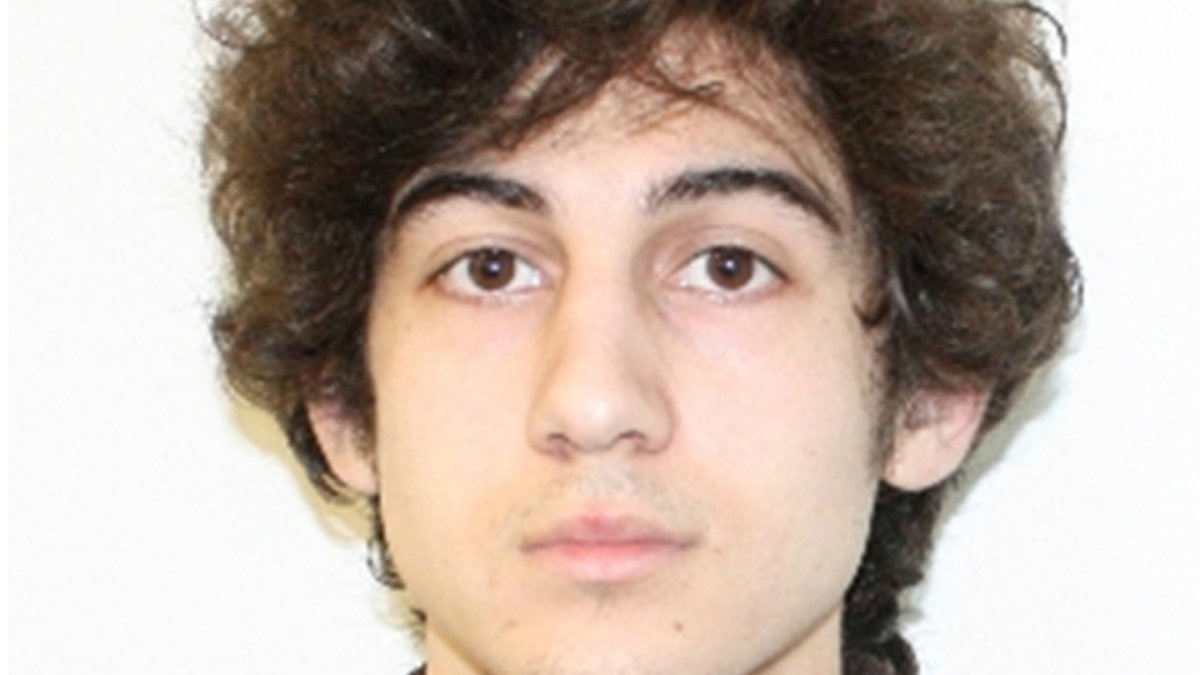Boston Marathon Bombing: The Day Terror Struck
April 15, 2013, was a day that will forever be etched in the memories of the people of Boston and the world at large. It was the day when terror struck the city during the Boston Marathon, one of the most prestigious and iconic marathons in the world. The bombing, which occurred just after the finish line, claimed the lives of three people and injured hundreds more, leaving a trail of destruction and grief in its wake.
The Boston Marathon, first held in 1897, is a centuries-old tradition that has been a source of pride for the city of Boston and its residents. Every year, thousands of runners from all over the world flock to the city to participate in the marathon, which is considered one of the six World Marathon Majors. The event is a symbol of athleticism, determination, and community spirit, drawing in spectators from all over the globe.
On that fateful day, the Boston Marathon was underway, with runners competing in the 117th edition of the event. As the runners crossed the finish line, the atmosphere was one of jubilation and celebration, with cheers and applause erupting from the thousands of spectators lining the streets. But in an instant, the mood changed. At around 2:49 PM, two homemade bombs exploded near the finish line, sending shockwaves of fear and panic through the crowd.
The blast was so powerful that it shattered windows and damaged buildings within a two-block radius. The noise was deafening, and the force of the explosion sent runners flying in all directions. The chaos that followed was absolute, with people screaming, crying, and running for their lives. The scene was one of utter carnage, with debris scattered everywhere and the acrid smell of smoke and explosives hanging in the air.
Immediate Response
In the immediate aftermath of the bombing, first responders and emergency services sprang into action. Sirens blared, and ambulances rushed to the scene, with medical personnel rushing to treat the wounded. Firefighters and police officers, with their brave and selfless efforts, worked tirelessly to clear the area, rescue those trapped, and prevent further violence.
As the situation unfolded, the authorities quickly sprang into action. The FBI, in conjunction with local law enforcement, launched a massive investigation into the bombing. A task force was formed, comprising experts from the FBI, the Boston Police Department, and other agencies, to investigate the crime and bring the perpetrators to justice.
Victims and Survivors
The victims of the Boston Marathon bombing were a diverse group of people, ranging in age, background, and nationality. Three people lost their lives in the blast: Martin Richard, 8, James "Jimmy" Pimentel, 23, and Krystle Campbell, 29. Their families and loved ones were left to grapple with the unimaginable pain and grief of losing their loved ones.
Hundreds more were injured, some severely, in the blast. Many were rushed to hospitals, where medical teams worked around the clock to treat their injuries. Some survived with severe burns, broken bones, and psychological trauma, while others suffered more subtle but still debilitating injuries.
Investigation and Trials
The investigation into the Boston Marathon bombing was one of the largest and most complex in recent history. The FBI worked closely with local law enforcement and other agencies to gather evidence, interview witnesses, and track down leads.
In the summer of 2013, the FBI released photographs of two suspects, Dzhokhar and Tamerlan Tsarnaev, who were described as being of Chechen descent. The brothers were identified as the masterminds behind the bombing through a combination of eyewitness accounts, video footage, and forensic evidence.
The Tsarnaev brothers were eventually apprehended, with Tamerlan killed in a shootout with police on April 19, 2013. Dzhokhar was captured a few days later, hiding in a boat in a backyard in Watertown, Massachusetts.
Aftermath and Legacy
The Boston Marathon bombing had a profound impact on the city and its residents. The event led to a massive outpouring of support for the victims and their families, with donations pouring in from all over the world.
The bombing also led to a renewed sense of community and solidarity in Boston. The city came together to support each other, with fundraisers, vigils, and other events taking place across the city.
In the years since the bombing, the city of Boston has continued to heal and recover. The Marathon has resumed, with the 2014 event taking place on a new course, and the Boston Marathon Foundation has established the Martin Richard Foundation to support victims and their families.
Importance of Community and Resilience
The Boston Marathon bombing was a traumatic event that could have easily shattered the spirit of the city. However, the resilience and strength of the Boston community shone through in the aftermath of the bombing. The city came together to support each other, with a sense of unity and solidarity that was inspiring to see.
The bombing also highlighted the importance of community and resilience in the face of adversity. The victims and their families, as well as the first responders and emergency services, demonstrated remarkable courage and determination in the face of overwhelming tragedy.
Conclusion
The Boston Marathon bombing was a devastating event that had a profound impact on the city and its residents. The bravery and resilience of the Boston community in the face of adversity is an inspiration to us all. As we reflect on the events of that day, we remember the victims, survivors, and heroes who helped shape the course of history.
- Key Facts About the Boston Marathon Bombing:
- Date: April 15, 2013
- Time: 2:49 PM
- Location: Boston Marathon finish line
- Deaths: 3
- Injuries: Over 260
Billieilish Y
Lance Barber Weight Loss
Is Justin Bieberied
Article Recommendations
- Uday Chopra
- How Tall Was Lorne Greene
- Kay Flock
- Elliot Timpf
- Angelaalvarez Fans
- Charissa Thompson
- Now Gg Robl
- Tia Mowryaughter Passed Away
- Jameliz Benitez Fans
- Kaitlan Collins Boyfriend


